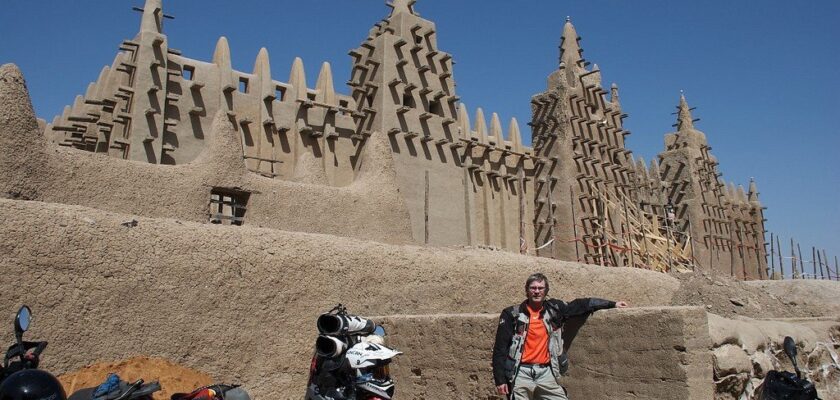Great Mosque of Djenne
Djenne is a mosque that is restored every year…
.The city of Djenne and its unusual mosque are located in the country of Mali, Africa. The city is located in the floodplain of the Bani River, so during the rainy season transportation here is irregular, due to overflowing river waters. For many centuries the city was known as a center of gold trade. Gradually Islam gained popularity here, and already in the 15th-16th centuries Jenne became a Muslim religious center, from which Islam spread to other territories.
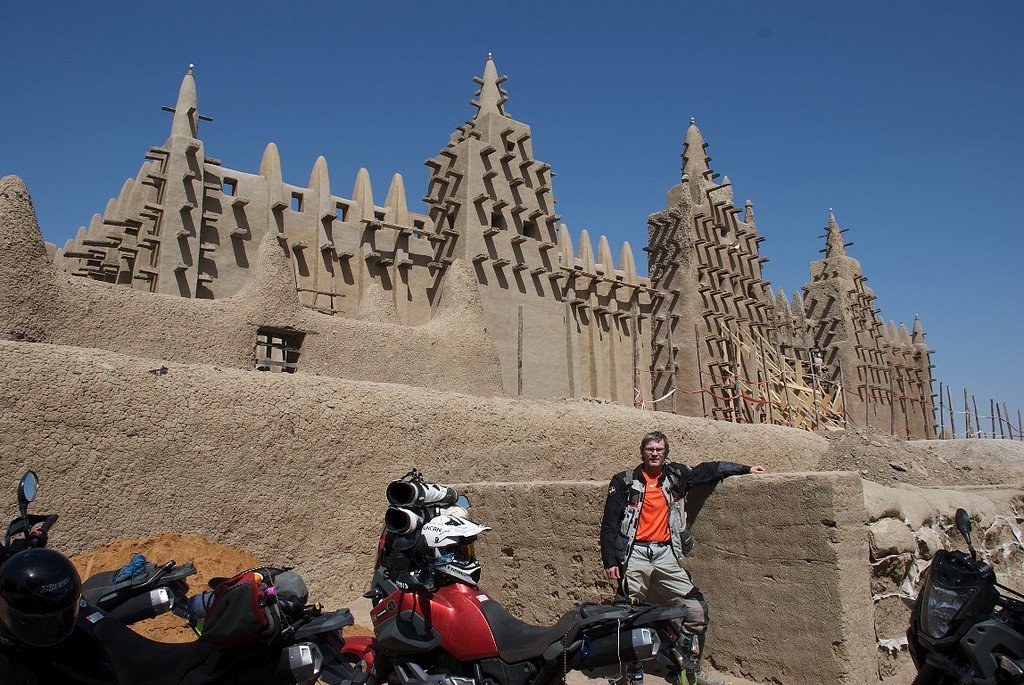
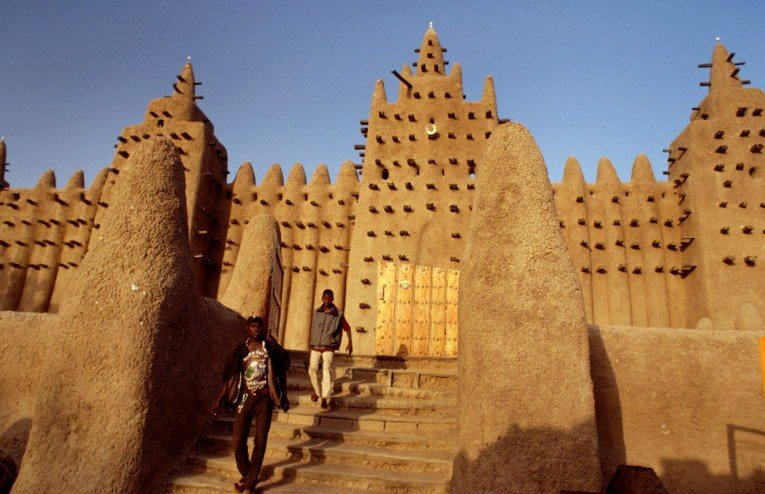
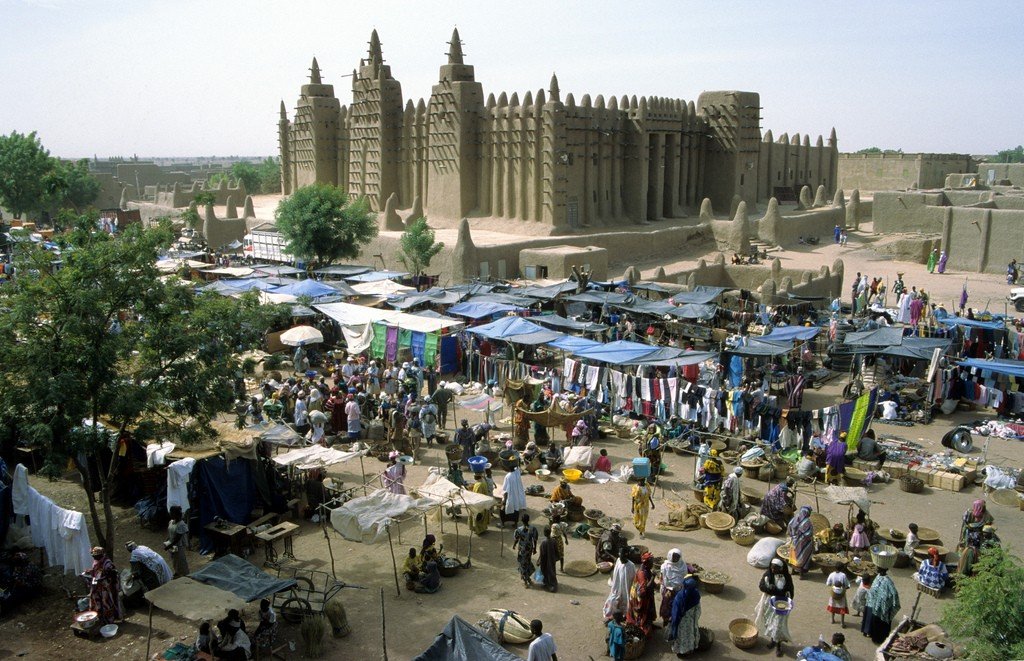
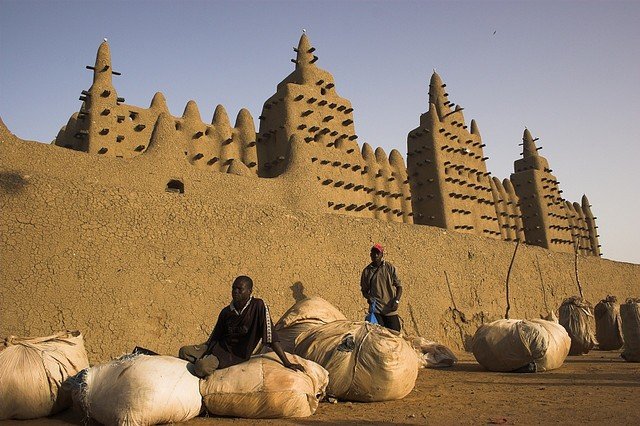
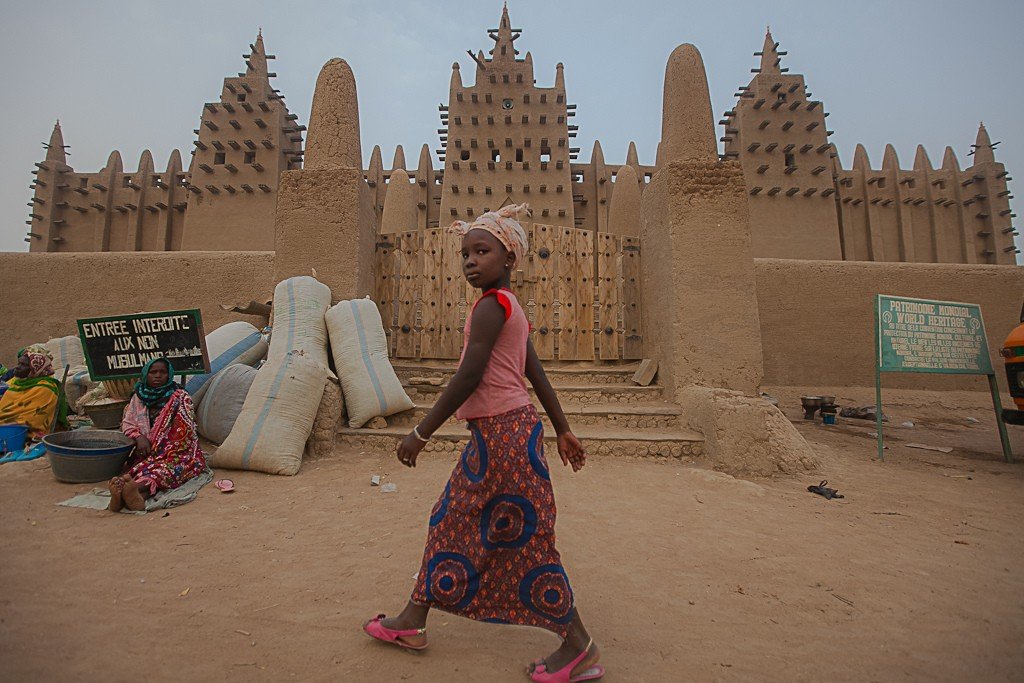
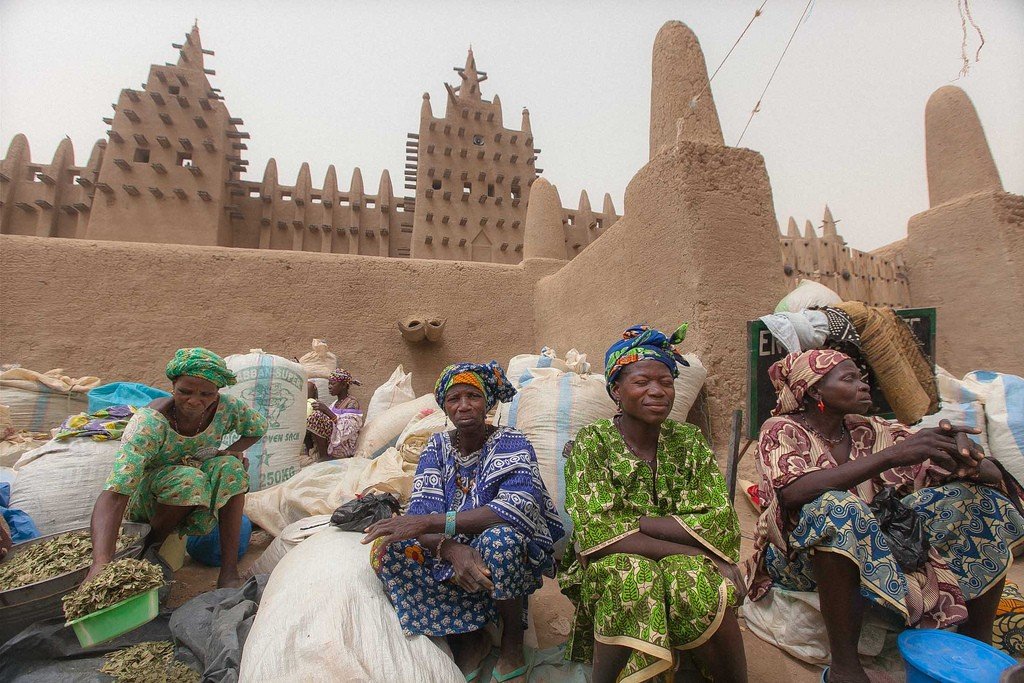
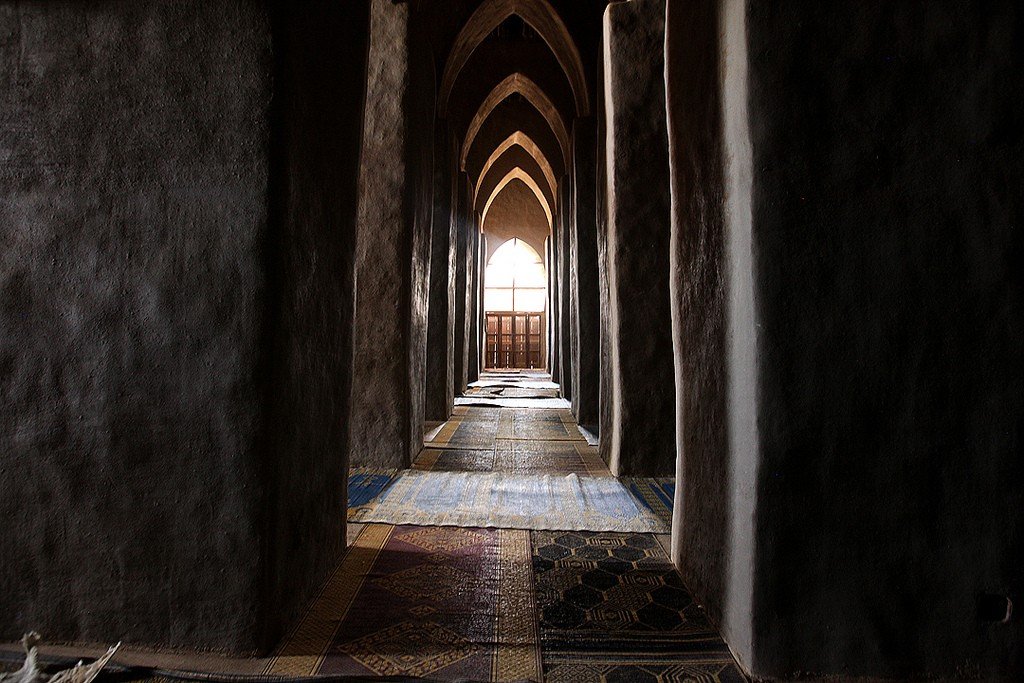
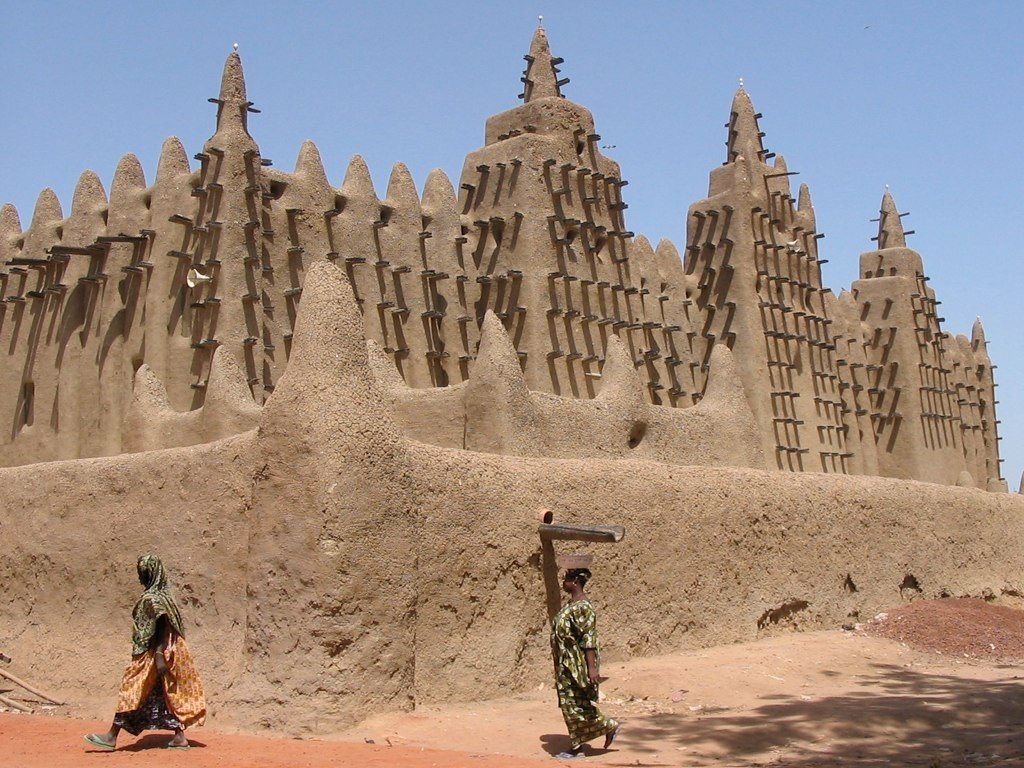
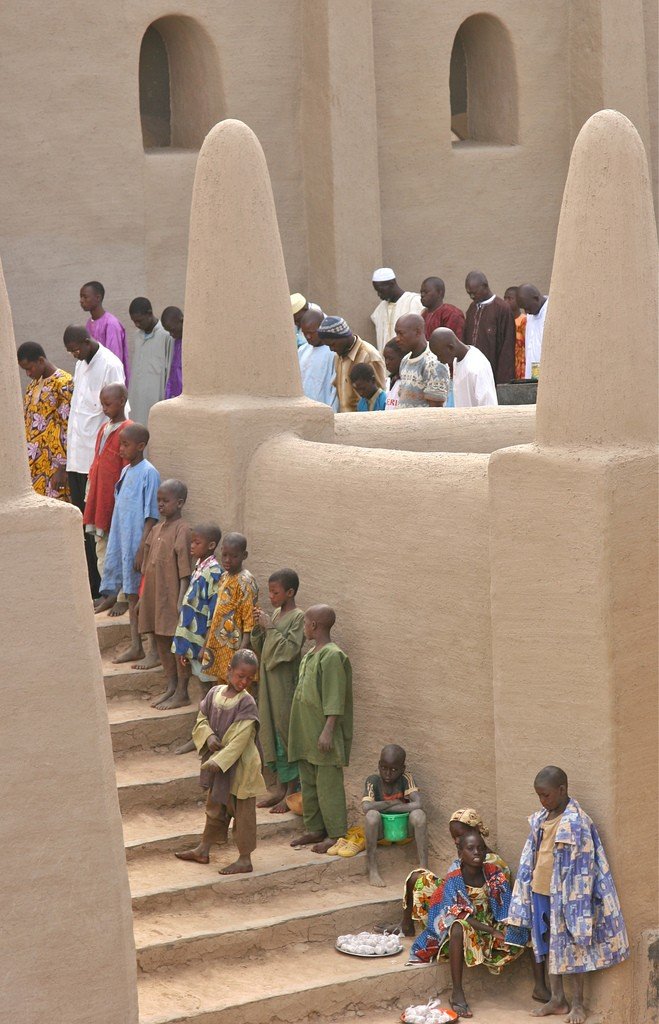
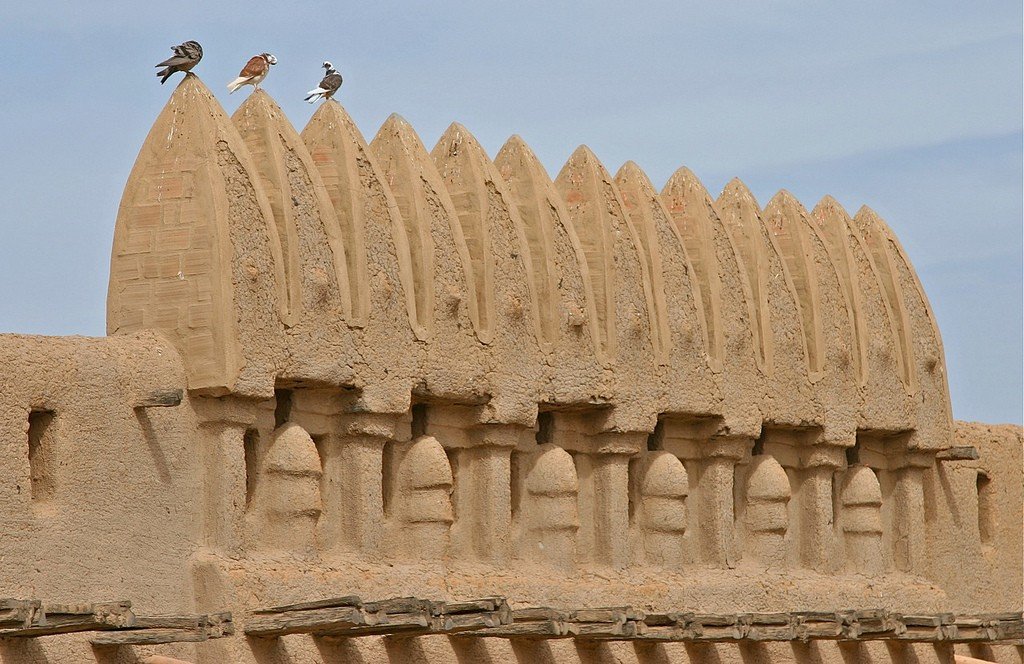
History
The exact date of construction of the Jenne Mosque cannot be determined, but the first references to it date back to the 13th century, it is possible that that mosque had a slightly different appearance than it does now. In the 19th century, the great Jenne Mosque underwent destruction on the orders of Amadou, who was the chief of the Fulbe people. He had conquered the city and decided not to spare the local mosque.
However, as early as 1893, the city became subject to the French. During this period, the local population, with the support of the French administration, set about erecting the mosque as it was before its destruction. It is assumed that the mosque was re-erected in 1907, but it may have happened in 1909. During this construction, parts of the walls of the old structure were utilized.Regular restoration
Speaking about this structure, one significant point cannot be omitted. The Great Mosque of Jenneh is an earthen structure that is considered to be the largest of its kind. Although it is not built only of clay. A mixture of clay, hay, dung and rice husks was used for its construction. Only this material is universally available in this territory. There is even a name for it – “banco”. Not only the mosque, but also the dwellings of the locals are made of banco.
>Banco has many advantages, except that it is extremely short-lived. When the rainy season begins, the buildings slowly erode. Smaller buildings are especially affected. The houses of the locals seem to melt under the rainwater. The Jenne mosque also suffers a lot. Due to the fragility of the material, it is impossible to determine the age of the mosque, because it has to be patched up every year.
This annual ritual has become a festival for the locals. Near the mosque gather almost all the men of the city and begin the restoration. First of all they restore the mosque and only then they take up their homes. During this period, if you look at the Jenne Mosque, it looks like a big anthill with ants scurrying back and forth..During the festival, another mystery of the mosque is revealed. Many people are very interested in why there are so many wooden beams stuck into the mosque. Because of them from afar, the religious building seems very militant and looks more like a fortress than a mosque. The beams, like sharp teeth of the structure, protrude outward and scare away the ill-wishers. However, in reality, the purpose of these beams is quite peaceful. It is on them that volunteer restorers move when they patch up the building.
.
Features
The Great Mosque of Jenne stands on a square platform, with a side of 75 meters. The minaret is 50 meters high, and the mosque itself is all of 100 meters high. The towers are decorated not only with belligerent spike-beams, but also with ostrich eggs (in these places they are a symbol of fertility and purity). The Jenne Mosque was inscribed on the UNESCO list along with part of the old city in 1988.
.The Jenne Mosque is a functioning mosque, where religious services are held, so non-Muslims are not allowed inside, as numerous signs warn about it. However, for a fee there is always someone willing to take you inside, and then it is up to the tourist to decide whether to give in to temptation or still respect the believers who practice another religion. It is better to choose an early morning for taking pictures of the Jenne Mosque. You can also visit the market near the mosque. However, it is open only on Mondays and it is advisable to visit it before 10 am, but this market is considered to be the most colorful and authentic in the whole country.
.